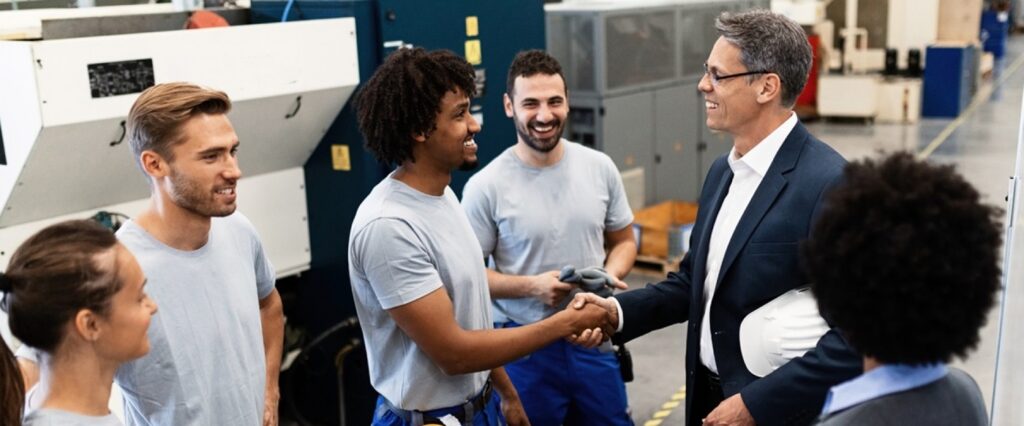Automation has changed businesses forever. By streamlining processes and creating new operational efficiencies, manufacturers have embraced automation as a core part of their operations, like most sectors. Although it is undeniable that automation has sparked unprecedented change, hyperautomation takes transformation to an entirely new level.
The dramatic rise of artificial intelligence (AI) and machine learning in recent years has led to a growth in manufacturing hyperautomation, with the hyperautomation market forecast to reach US$82.2 billion by 2028. Research by Salesforce also found that four out of five companies plan to include hyperautomation in their technology roadmaps by 2024.
While advanced automation tools effectively deliver process efficiencies, the question is, do they also help manufacturers achieve sustainability goals? The short answer is yes. Here are three ways AI and hyperautomation have helped manufacturers to not only increase their efficiency, but also be more sustainable.
3 ways AI and hyperautomation contribute to sustainable manufacturing
1. Improved supply-chain efficiency
Hyperautomation enables better supply-chain management due to smart sustainable warehousing processes. Advanced AI creates more efficient warehouse layouts, while hyperautomation improves inventory tracking, management, and storage. Additionally, research has found that AI-enabled supply-chain management leads to significant operational improvements, improving service levels by up to 65% and inventory by up to 35% and more.
Supply-chain efficiency also refers to data supply chains — much like physical supply chains, data supply chains require appropriate management and systems to ensure that data is effectively gathered, understood and used. AI and hyperautomation can play a big part in organising and refining data for better quality control.
2. Increased productivity
While certain operations require manual labour, automating these processes saves time, reduces costs and minimises waste. Manufacturers can boost productivity by tapping hyperautomation and robots to handle rote or complex tasks, while AI can intelligently identify areas of improvement. This way, companies can look forward to better manufacturing performance while improving sustainability.
3. Smarter processes
Manufacturing is one of the largest greenhouse gas (GHG) emissions producers globally. By using AI and hyperautomation, companies can more now achieve deeper analysis of the data behind their operational processes. Thanks to AI, more detailed data regarding GHG emissions can be measured at every step of the manufacturing process — from raw material transportation to production line fabrication.
Data-driven decision-making also contributes towards smarter and more sustainable operational decisions. Combined with sustainability benchmarking tools like the Consumer Sustainability Industry Readiness Index (COSIRI), businesses can gain more precise insights into where they need improvements on and how they can drive their sustainability transformation.
The future of sustainable manufacturing through AI and hyperautomation
Sustainability and digital transformation go hand in hand. However, to achieve sustainable manufacturing, manufacturers must know how and what to measure to determine the sustainability maturity of their organisation. Only then will they know where their gaps lie, and the areas they need to improve on to reduce their carbon footprint.
Leveraging a neutral benchmarking sustainability maturity tool like COSIRI allows manufacturers to accurately assess where they are on their net-zero journey and further define the steps towards future progress.
Find out more about COSIRI here or contact us at contact@incit.org to start a conversation.


